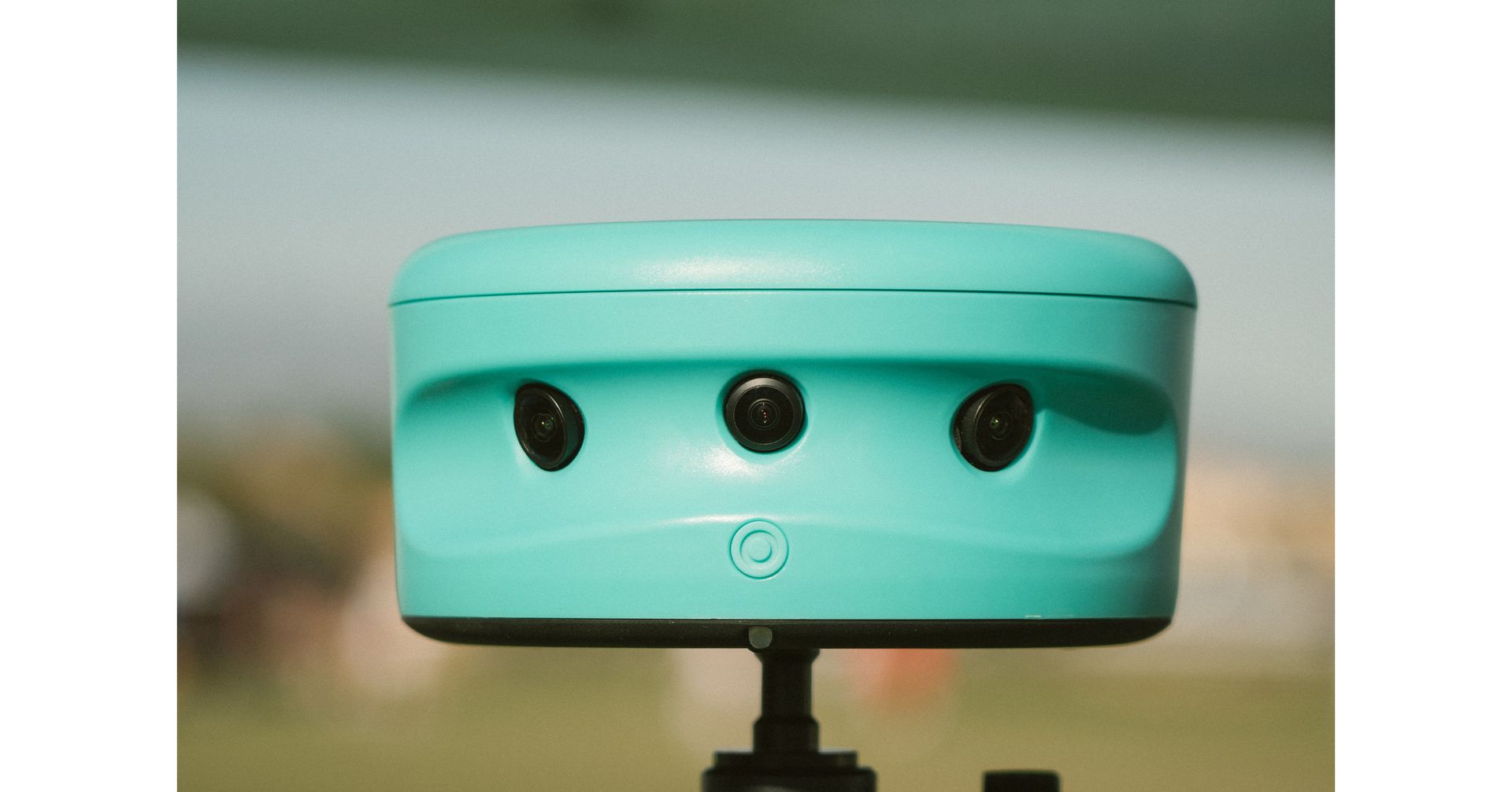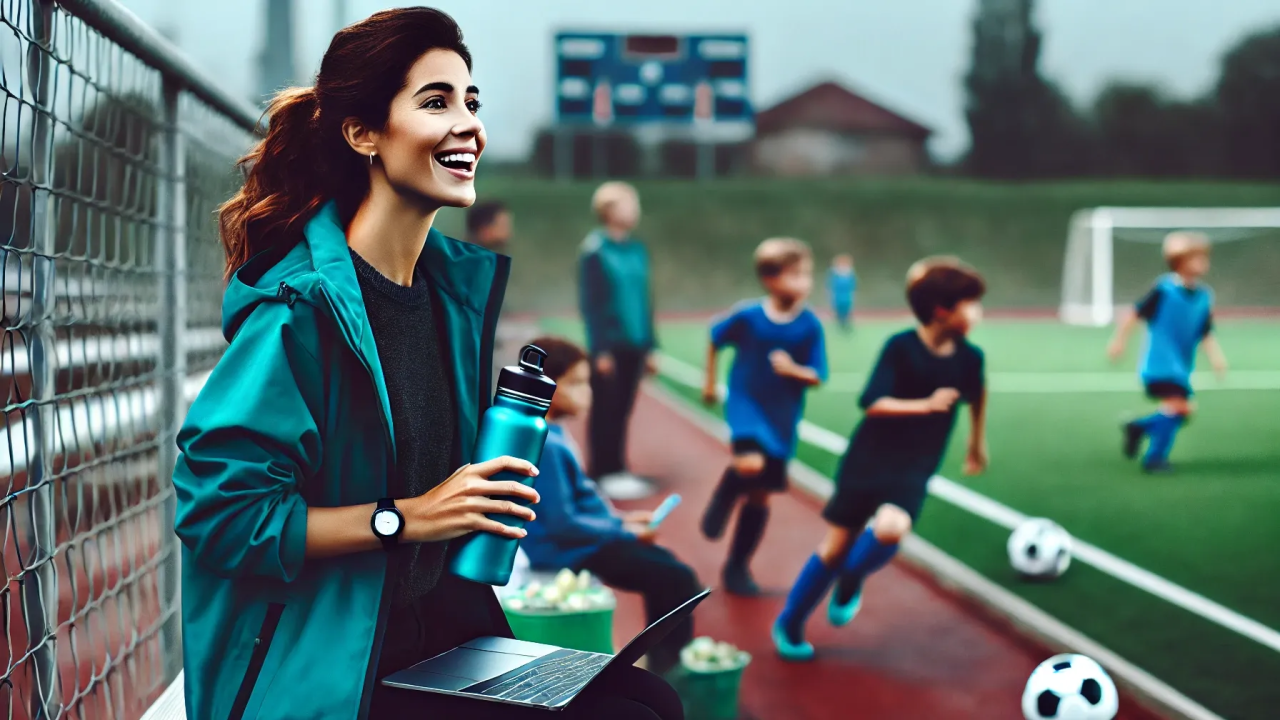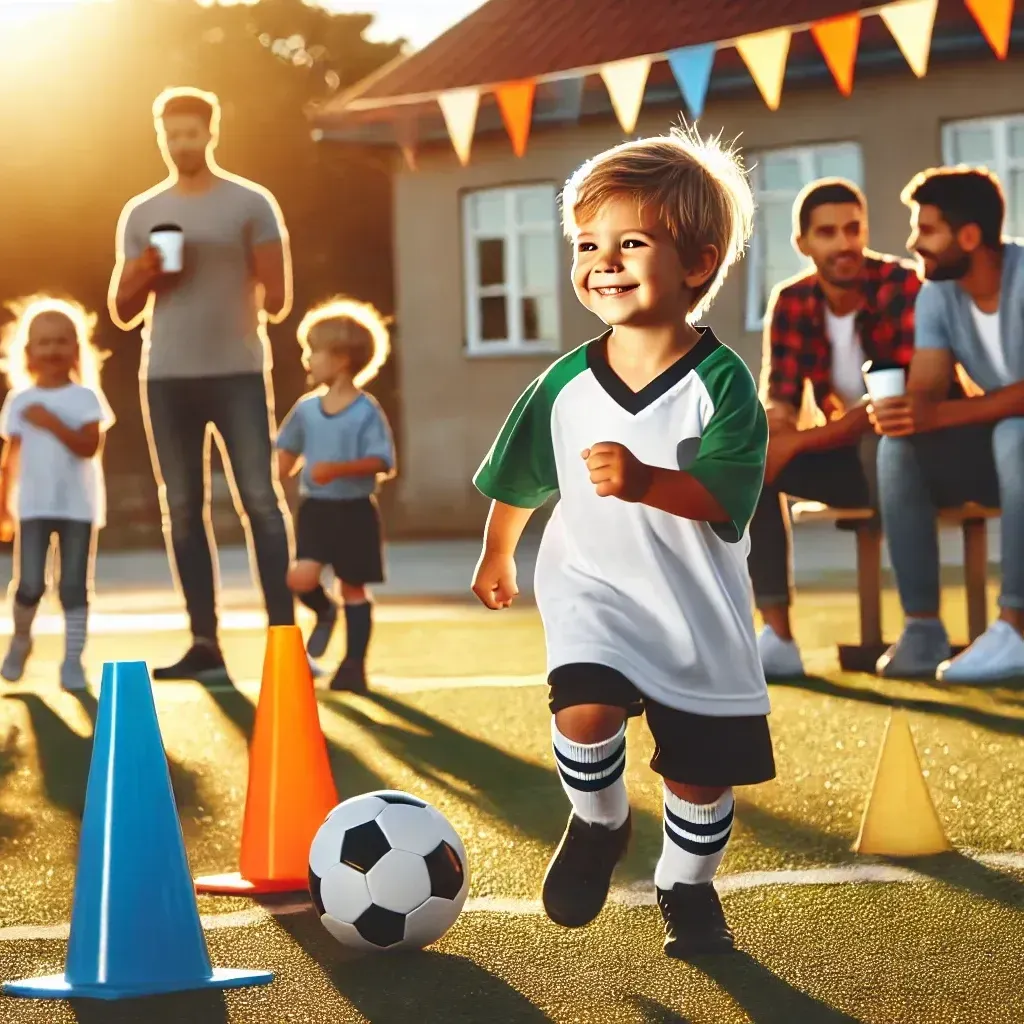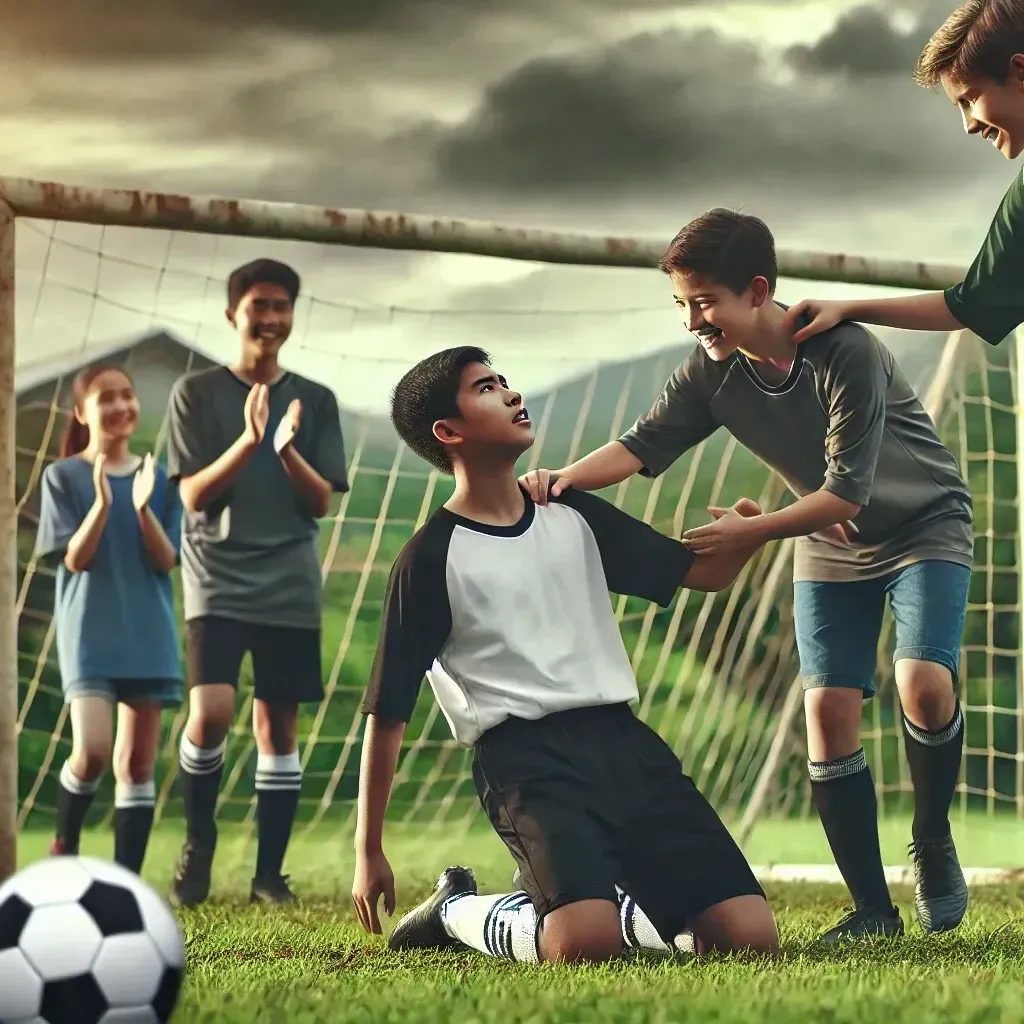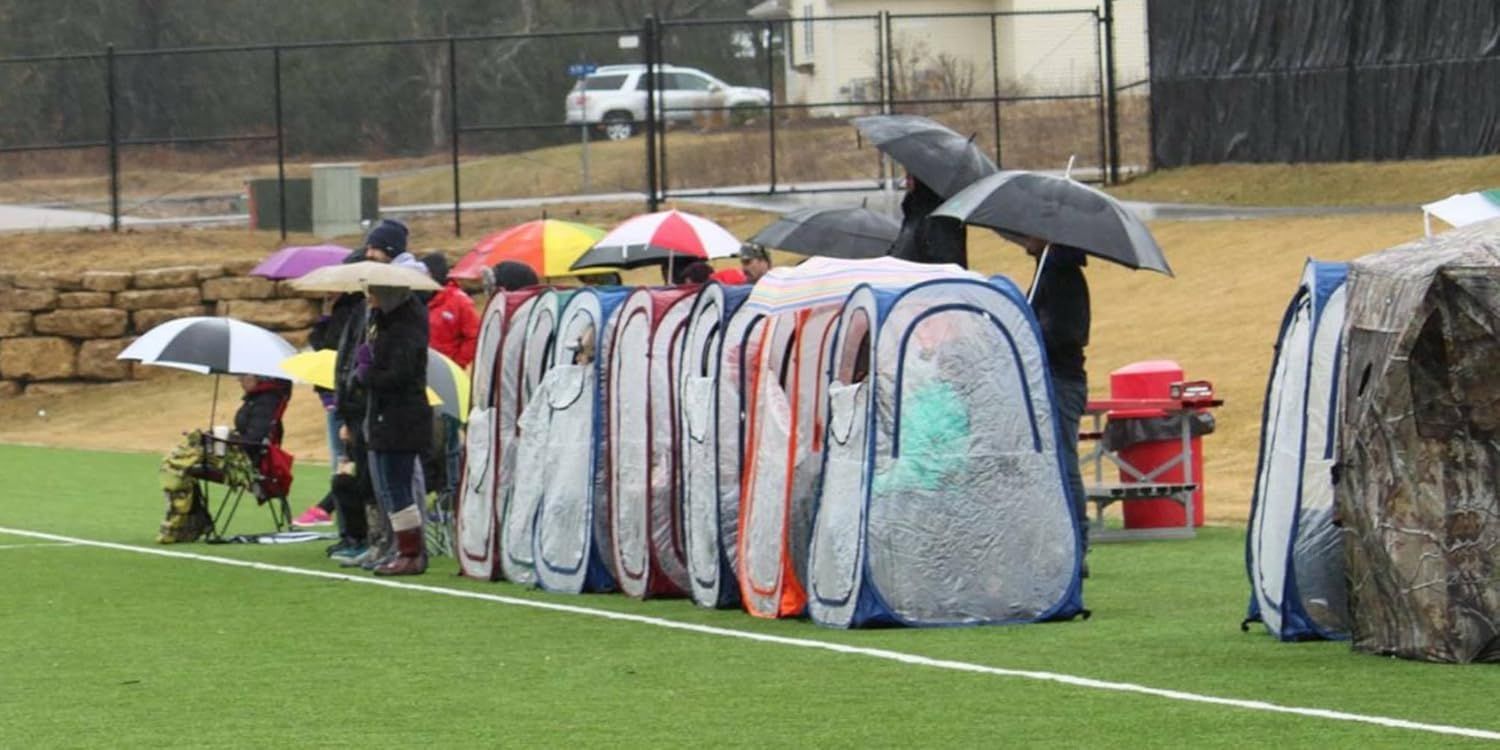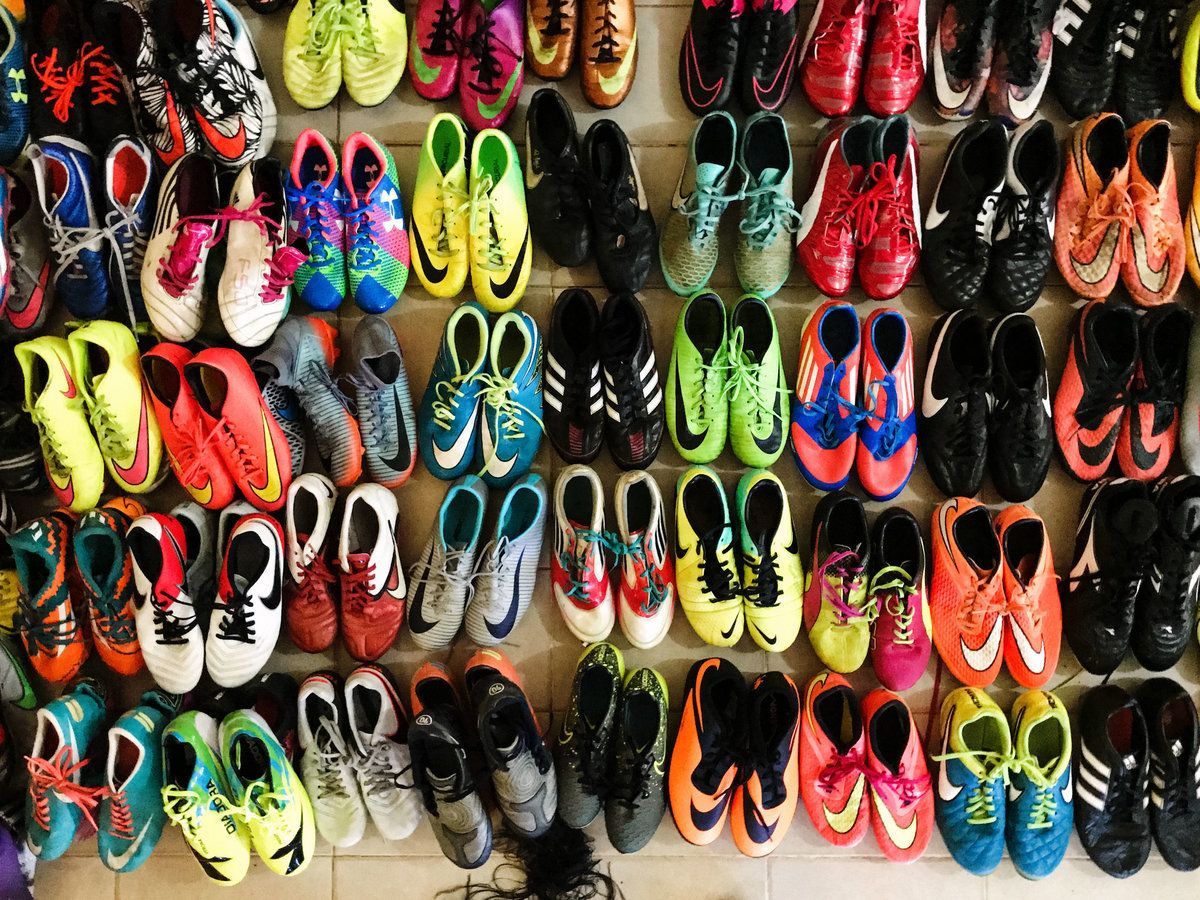Soccer Ball Sizes by Age: A Guide to Finding the Perfect Ball
Soccer Ball Sizes by Age: A Guide to Finding the Perfect Ball
Whether you’re a parent looking to introduce your little one to soccer, a coach selecting gear for a youth team, or an adult seeking to up your game, choosing the right soccer ball is crucial. Not only does the correct size boost confidence and control, but it also helps develop proper technique from the very beginning. In this post, we’ll explore soccer ball sizes by age and share tips on selecting the best ones to buy for every level.
Understanding Soccer Ball Sizes by Age
Soccer balls come in various sizes, each designed to match the skill level and physical capabilities of different age groups. Here’s a breakdown:
- Size 3 (Under 8 Years Old):
These balls are smaller and lighter—typically with a circumference of about 23-24 inches. They’re ideal for young players, helping them learn ball control and coordination without being overwhelmed by a full-sized ball. - Nike Academy Soccer Ball
- Size 4 (Ages 8 to 12):
As children grow, so do their skills. Size 4 balls, usually around 25-26 inches in circumference, provide a balanced weight that still offers manageable control while better simulating the feel of a regulation ball. This size is perfect for youth leagues and training sessions where players are refining their technique. - Adidas MLS Soccer Ball
- Size 5 (Ages 13 and Older):
The official match ball for adults and professional play, the size 5 ball has a circumference of about 27-28 inches. This size is not only used in professional settings but also for advanced training, ensuring that players get accustomed to the weight, bounce, and flight of a regulation ball. - Adidas MLS 24 Pro Ball
What to Look for When Buying a Soccer Ball
When shopping for the perfect soccer ball, keep these factors in mind:
- Material:
High-quality balls are typically made from polyurethane (PU) or premium PVC. PU balls offer a softer touch and better durability, making them great for both training and match play. - Construction:
Look for balls that are either hand-stitched or thermally bonded. Hand-stitched balls often offer enhanced durability, while bonded balls provide a consistent flight and smoother surface. - Usage:
Decide if the ball is for indoor play, outdoor matches, or both. Indoor balls tend to be slightly lighter and are designed for hard court surfaces, whereas outdoor balls are built to withstand rougher conditions. - Price Range:
Budget is always a factor. While high-end balls provide superior performance and longevity, there are plenty of affordable options that deliver excellent value for recreational play.
Top Recommendations by Age Group
For Kids Under 8 (U8, Size 3, 3v3/4v4/5v5)
- Why It’s Ideal:
The smaller size helps young players develop essential skills like dribbling and coordination. - What to Look For:
Look for durable, brightly colored balls that capture a child’s attention and can withstand enthusiastic play. Many brands offer youth-specific models that are softer and less intimidating.
For Ages 8 to 12 (U12, Size 4, 7v7/9v9)
- Why It’s Ideal:
As players grow and their technique improves, a size 4 ball strikes the right balance between ease of use and replicating match conditions. - What to Look For:
Choose a ball that is durable yet offers a good touch. Models with a textured surface can help with grip and ball control, which is critical for developing more advanced skills.
For Teens and Adults (Size 5, 11v11)
- Why It’s Ideal:
A size 5 ball is standard in professional play, allowing players to train with the equipment they’ll encounter in matches. - What to Look For:
Focus on balls with advanced features such as thermal bonding or premium PU materials for enhanced flight stability and control. Look at reviews and expert recommendations to find a model that balances performance and durability.
Final Tips for Buying the Right Soccer Ball
- Test the Feel:
If possible, try the ball before purchasing. The right soccer ball should feel comfortable and manageable in your hands. - Consider the Environment:
For outdoor play, invest in a ball designed to withstand varied weather conditions and rough surfaces. - Budget Wisely:
While it’s tempting to go for the highest-end model, there are excellent mid-range options that offer both performance and longevity. Balance your needs with your budget. - Read Reviews:
Check out feedback from other players and coaches. Real-world experiences can provide insights into how the ball performs in different conditions.
Conclusion
Selecting the right soccer ball by age not only improves skill development but also makes the game more enjoyable. Whether you’re buying a durable size 3 ball for a beginner, a balanced size 4 for an intermediate player, or a professional-grade size 5 ball, understanding the nuances of each size is key. With the right information and a bit of research, you can confidently choose a ball that supports growth, enhances performance, and makes every kick count.
Happy playing, and may your passion for soccer continue to grow with every game!
#SoccerMomLife #GameDayReady #SoccerSeason #BusyMomHacks #YouthSoccer #SoccerEssentials #SportsMomHacks #OrganizedMom #StayFresh #GameDayMustHaves #SoccerGear #OnTheGoEssentials #SportsLife #MomLifeHacks #WeekendWarrior
This post may contain affiliate links, which means I may receive a small commission if you purchase through my links, at no extra cost to you.
